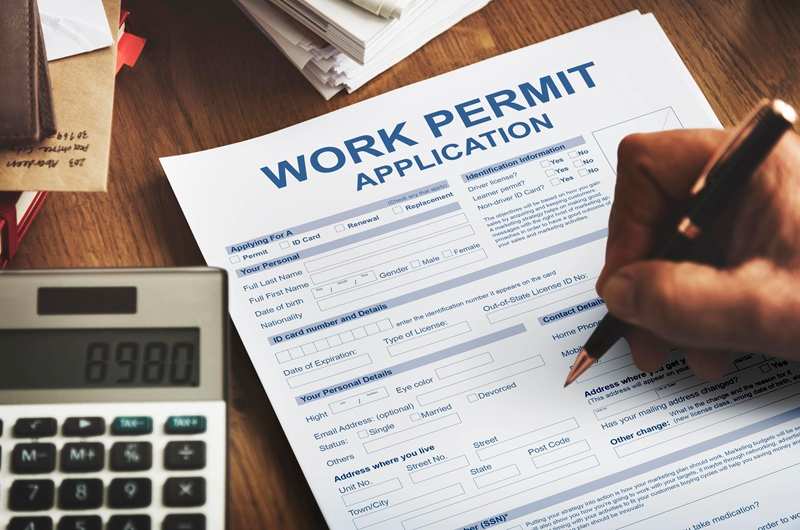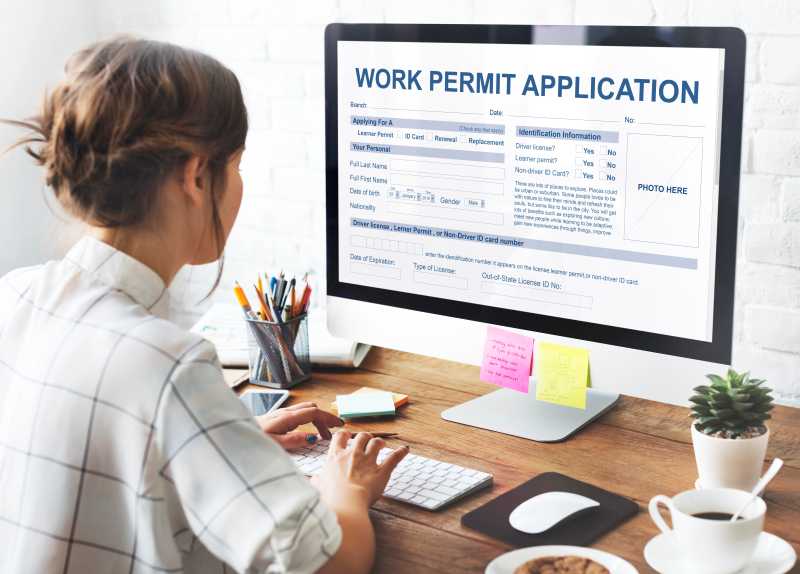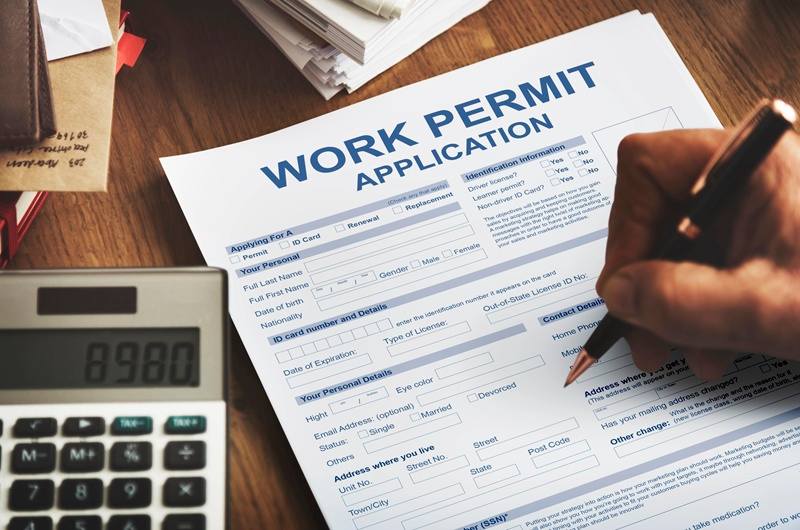
How Long Will It Take To Get An EAD Card?
An Employment Authorization Document, or EAD, is a vital step for many immigrants seeking to work legally in the United States. Think of it as the key to unlocking career opportunities and financial independence. For those eager to contribute to the economy and support their families, receiving the EAD is a milestone worth celebrating.
However, obtaining this card can come with questions and uncertainty. How long will it take? What factors affect the processing time?
This article answers those questions, providing clarity and actionable steps. It also explains how Dallas Immigration Lawyers can help make the process smoother.

What Is An Employment Authorization Document (EAD)?
The Employment Authorization Document (EAD) is more than just a plastic card; it’s a gateway to legal work in the United States. For many immigrants, it marks the beginning of a new chapter that brings stability and a sense of purpose. Whether you’re a student, asylum seeker, or awaiting a Green Card, the EAD is your ticket to gainful employment.
This document allows eligible individuals to work for any U.S. employer for a set period. Categories that qualify include those adjusting status, asylum seekers, and individuals with certain visa types, such as F-1 students. Without it, finding legal employment can be a significant barrier to self-sufficiency.
Understanding the processing timeline is crucial as you consider applying for or renewing an EAD. Next are the factors that influence how long it might take.
Factors Influencing EAD Processing Times
The time it takes to receive an EAD can vary, much like weather patterns in Texas. Some applicants experience smooth sailing, while others face delays that feel endless. Knowing what affects processing times can help you set realistic expectations.
What Affects EAD Processing Times:
- Type of Application: Initial EAD applications generally take longer than renewals.
- USCIS Workload: Service centers with high demand may experience slower processing times.
- Application Accuracy: Mistakes or missing documents can lead to requests for additional evidence, extending the timeline.
- Background Checks: Certain applicants, such as asylum seekers, may undergo additional screenings, which adds time.
These factors and occasional backlogs at USCIS create variability in how long applicants wait. A clean and complete application submitted to the correct service center can significantly reduce delays.
The next section explains typical EAD processing times and how to interpret them.
Typical Processing Times For EAD Applications
For most categories, EAD applications take 3 to 6 months. Adjustment of status applicants typically wait between 90 and 120 days. Meanwhile, asylum seekers and others in specific categories may face longer waits due to additional security screenings or procedural hurdles.
USCIS provides estimated processing times on its website. These are displayed as a range, such as 3 months to 5 months, reflecting the variability in processing efficiency. It’s important to monitor and compare your case to these estimates to know if your application is progressing as expected.
Important Points to Remember:
- Delays are more common for initial applications than for renewals.
- Mailing time for the receipt notice and EAD card can add extra days to the process.
- Errors in your application or missing documentation can extend your wait.
Though waiting for an EAD can feel like watching grass grow, understanding the average timelines helps reduce stress. Up next, learn how you can keep tabs on your application status.
Steps To Check Your EAD Application Status
Once you’ve submitted your EAD application, it’s natural to want updates. Think of it as tracking a package, except this package can shape your future. Thankfully, USCIS offers tools to help you stay informed.
The Online Case Status Tool is your first stop. Using your receipt number, you can check the progress of your application anytime. This tool provides status updates from the initial receipt of your application to when your card is mailed.
For more specific inquiries, contact the USCIS Contact Center via phone. Be ready to provide your receipt number and other identifying information. The contact center can offer the next steps if your application has been delayed.
Knowing your application’s status gives you peace of mind and helps you identify delays early. In the next section, learn what to do if your application takes longer than expected.
What To Do If Your EAD Application Is Delayed
Delays can feel like being stuck in traffic with no end in sight. But there are ways to move forward.
Start by checking USCIS’s current processing times for your application type and service center. If your application exceeds these times, file a Case Inquiry with USCIS. This step asks the agency to investigate your case and provide an update.
You might qualify for expedited processing for urgent situations—such as a job offer hinging on your EAD. Submit an Expedite Request, but be prepared to provide documentation proving the urgency of your situation.
Consider Legal Assistance:
- When USCIS delays exceed reasonable limits.
- If complications, such as lost paperwork, arise.
- If your expedited request is denied.
While delays can test your patience, knowing your options helps you take action. Next, learn how Dallas Immigration Lawyers can make the EAD process less stressful.
How Dallas Immigration Lawyers Can Assist With Your EAD Application

Immigration paperwork can feel like trying to assemble furniture without instructions. Dallas Immigration Lawyers are here to guide you through the process step by step.
Our experienced legal team offers support for every stage of the EAD application. We ensure your forms are complete and error-free, reducing the risk of delays. If your application faces challenges, we are ready to advocate for you with USCIS.
With the right legal team, you can focus on your future while they handle the complexities. Contact us today to take the next step in your journey.
Obtaining an EAD is a key milestone for immigrants seeking work authorization. While processing times vary, understanding the timeline and taking proactive steps can help manage the wait. Monitoring your case and addressing delays promptly is essential.
Dallas Immigration Lawyers provide the guidance and support you need to navigate the process confidently. From initial filing to resolving delays, our team is dedicated to helping you secure your EAD without unnecessary stress.
Share this article
Table Of Contents
Latest articles
November 2, 2025
November 2, 2025
November 2, 2025
Categories



